
How to Use BDS V.2: Examples, Pinouts, and Specs
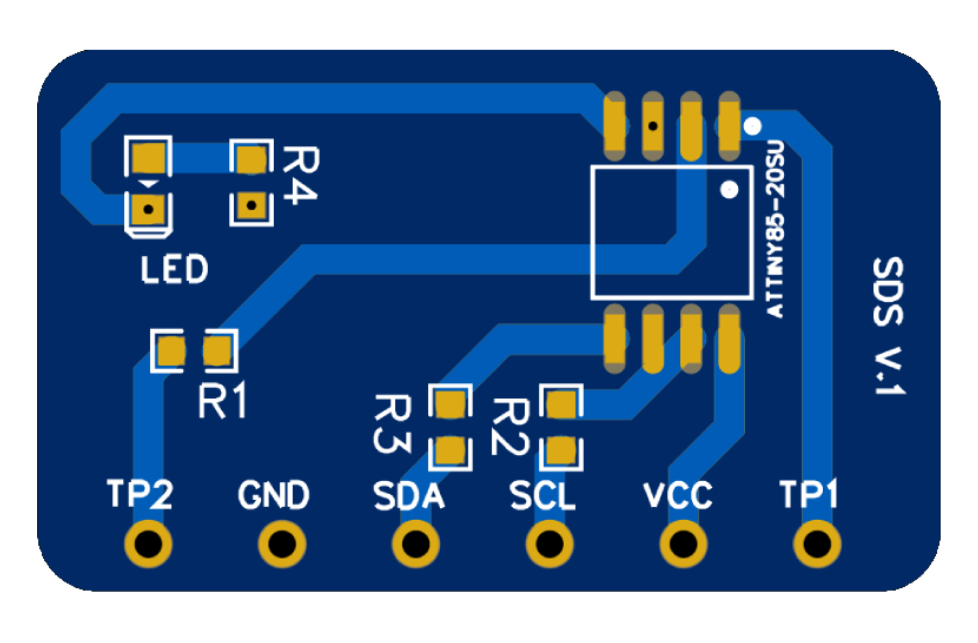
 Design with BDS V.2 in Cirkit Designer
Design with BDS V.2 in Cirkit DesignerIntroduction
The BDS V.2 is an advanced electronic component designed by Cloudberry Inc. It is a versatile circuit board or device that integrates into various electronic systems. The BDS V.2 is known for its reliability and adaptability, making it suitable for a wide range of applications, including but not limited to automation systems, consumer electronics, and hobbyist projects such as those involving Arduino platforms.
Explore Projects Built with BDS V.2
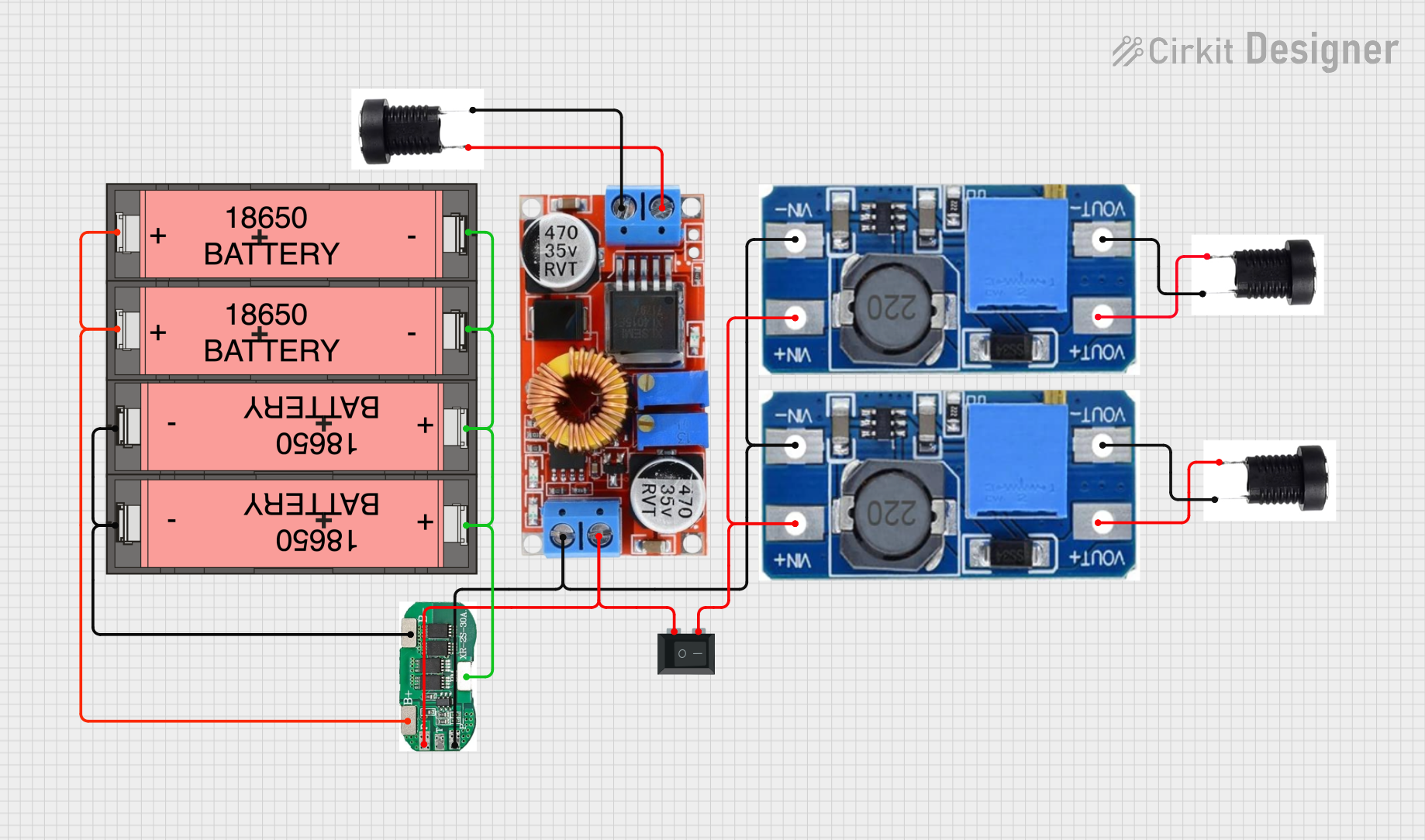
 Open Project in Cirkit Designer
Open Project in Cirkit Designer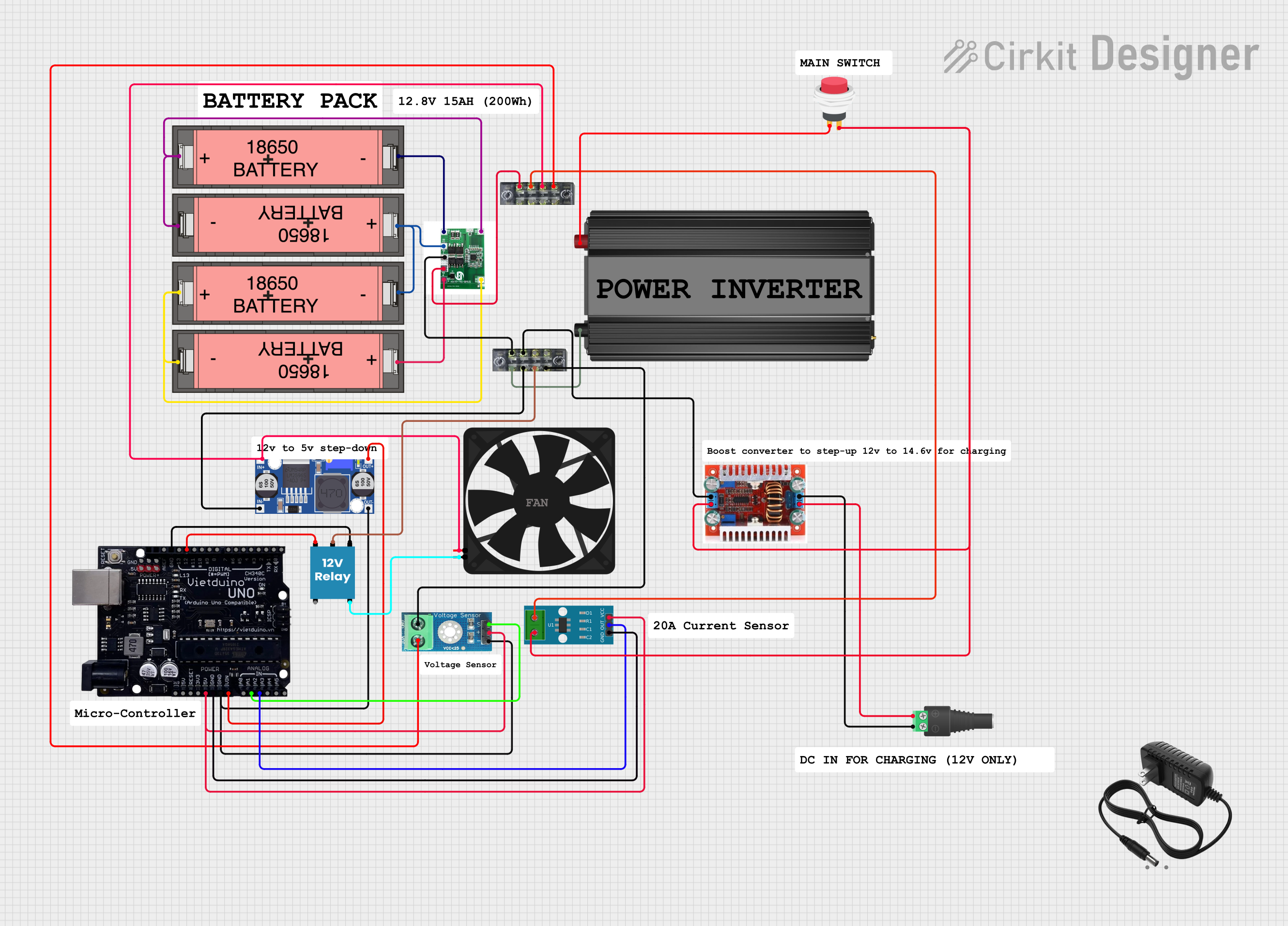
 Open Project in Cirkit Designer
Open Project in Cirkit Designer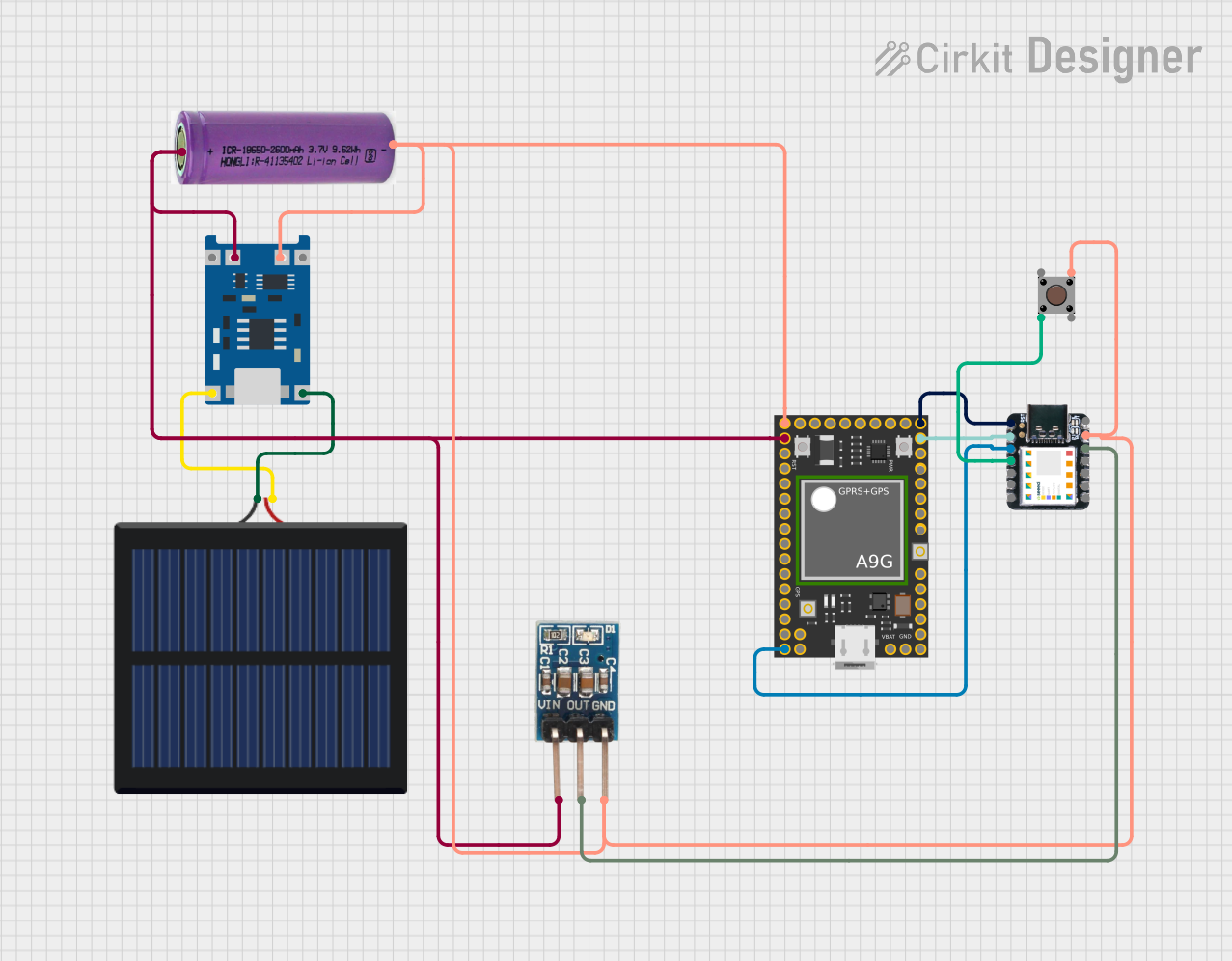
 Open Project in Cirkit Designer
Open Project in Cirkit Designer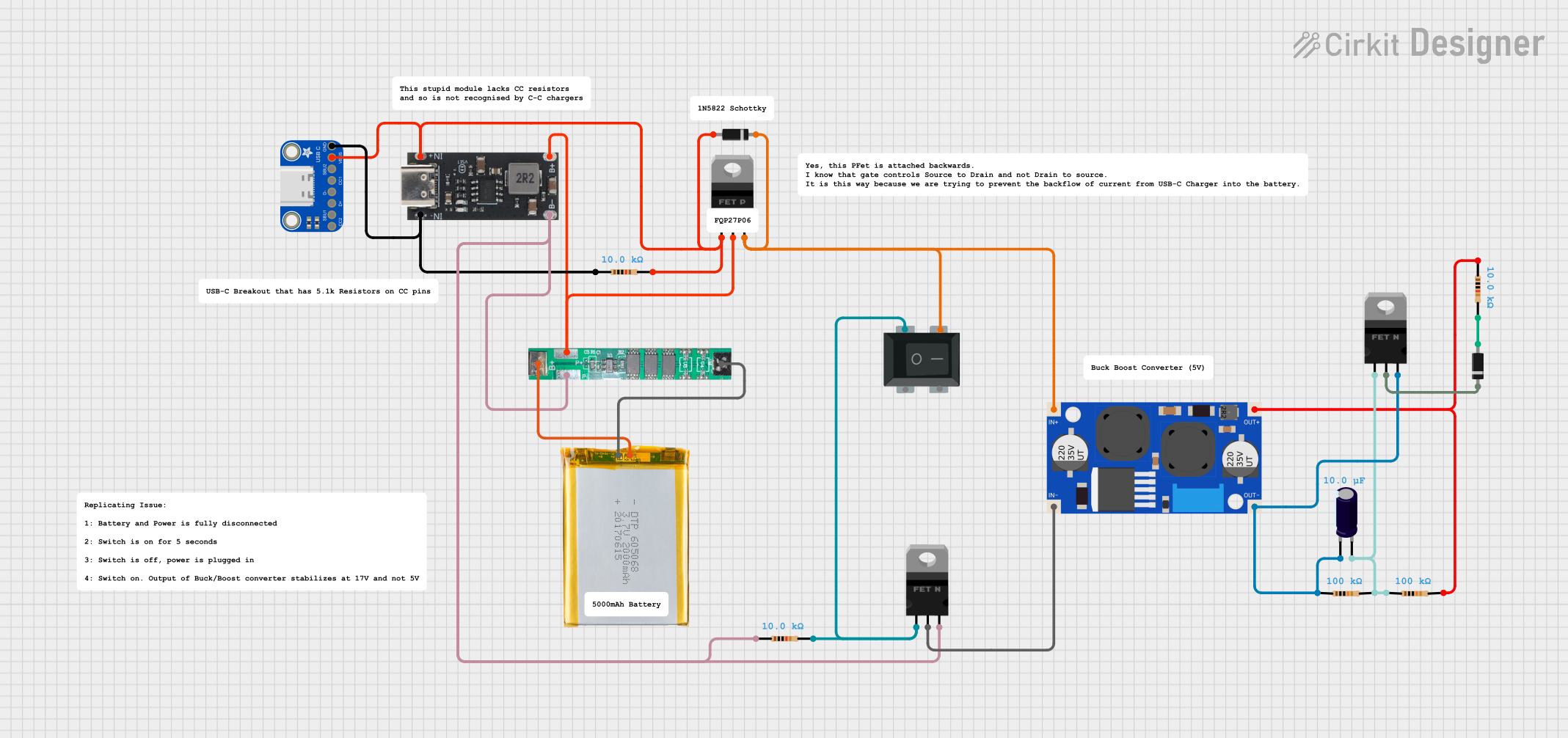
 Open Project in Cirkit Designer
Open Project in Cirkit DesignerExplore Projects Built with BDS V.2

 Open Project in Cirkit Designer
Open Project in Cirkit Designer
 Open Project in Cirkit Designer
Open Project in Cirkit Designer
 Open Project in Cirkit Designer
Open Project in Cirkit Designer
 Open Project in Cirkit Designer
Open Project in Cirkit DesignerCommon Applications and Use Cases
- Automation control systems
- Robotics
- DIY electronics projects
- Sensor interfacing
- Signal processing
Technical Specifications
The BDS V.2 is built to meet rigorous technical standards. Below are the key specifications and pin configurations for the component.
Key Technical Details
| Specification | Value | Description |
|---|---|---|
| Operating Voltage | TBD V | The voltage range the BDS V.2 operates within. |
| Current Rating | TBD mA | Maximum current the component can handle. |
| Power Rating | TBD W | Total power consumption of the device. |
| Communication | TBD (e.g., I2C, SPI, UART) | The communication protocols supported by BDS V.2. |
| Operating Temperature | TBD °C | The range of temperatures over which the device can operate safely. |
Pin Configuration and Descriptions
| Pin Number | Name | Description |
|---|---|---|
| 1 | VCC | Power supply input. Connect to TBD V. |
| 2 | GND | Ground connection. |
| 3 | TX | Transmit pin for serial communication. |
| 4 | RX | Receive pin for serial communication. |
| 5 | SCL | Serial Clock for I2C communication. |
| 6 | SDA | Serial Data for I2C communication. |
| ... | ... | Additional pins as per the BDS V.2 specifications. |
Note: Replace TBD with actual values once they are provided by the manufacturer.
Usage Instructions
Integrating BDS V.2 into a Circuit
- Power Supply: Ensure that the power supply matches the operating voltage of the BDS V.2. Incorrect voltage can damage the component.
- Communication: Utilize the appropriate communication pins (TX, RX, SCL, SDA) for interfacing with other devices or microcontrollers.
- Grounding: Connect the GND pin to the common ground in your circuit to prevent potential differences that could lead to erratic behavior or damage.
Best Practices
- Use a voltage regulator to ensure a stable power supply.
- Implement proper decoupling techniques by placing capacitors near the power pins of the BDS V.2.
- Avoid running high-speed signals near the BDS V.2 to prevent interference.
- Follow ESD (Electrostatic Discharge) precautions when handling the BDS V.2 to prevent damage.
Example Code for Arduino UNO
// Example code for integrating BDS V.2 with Arduino UNO
#include <Wire.h> // Include the I2C library (if I2C communication is used)
void setup() {
Serial.begin(9600); // Start serial communication at 9600 baud rate
Wire.begin(); // Initialize I2C communication
// Additional setup code as required by BDS V.2
}
void loop() {
// Example code to communicate with BDS V.2
// Replace with actual communication code and logic
Wire.beginTransmission(0x00); // Replace 0x00 with BDS V.2 I2C address
// Send data to BDS V.2
Wire.write(0x01); // Replace 0x01 with actual data or command
Wire.endTransmission();
// Code to receive data from BDS V.2
Wire.requestFrom(0x00, 1); // Request 1 byte from BDS V.2
while(Wire.available()) {
char c = Wire.read(); // Read byte (character) from BDS V.2
Serial.println(c); // Print the character to the Serial Monitor
}
// Additional loop code as required by BDS V.2
delay(1000); // Delay for stability, adjust as needed
}
Note: Replace placeholder values with actual addresses and data relevant to the BDS V.2.
Troubleshooting and FAQs
Common Issues
- Power Issues: If the BDS V.2 does not power on, check the power supply and connections.
- Communication Errors: Ensure that the correct communication protocol and pins are used. Check for proper initialization in the code.
- Unexpected Behavior: Verify that the BDS V.2 is operating within the specified temperature and voltage ranges.
Solutions and Tips
- Double-check wiring and solder joints for any loose connections or shorts.
- Use a multimeter to verify voltage levels at the power and communication pins.
- Consult the BDS V.2 datasheet for detailed operational parameters and ensure your setup complies with those specifications.
FAQs
Q: Can the BDS V.2 be used with a 5V system? A: TBD based on the operating voltage specification provided by the manufacturer.
Q: What is the maximum data rate for serial communication with the BDS V.2? A: TBD based on the communication specification provided by the manufacturer.
Q: How do I update the firmware on the BDS V.2? A: TBD based on the update procedures provided by the manufacturer.
Note: Replace TBD with actual information once it is available.
This documentation provides a foundational understanding of the BDS V.2 component. For further assistance or technical support, please contact Cloudberry Inc. directly.